Love, sure-but mostly drugs

THE RESPONSIBLE THING TO DO, before I walked into San Francisco’s de Young Museum to check out “The Summer of Love Experience”—the ethical thing, journalistically speaking—would have been to drop acid. To have popped a vintage dose of White Lightning, wandered in there with my ego in dancing splinters and my hindmost brain chambers all throbbingly illuminated, and just let it happen, daddy-o. But no more acid for me, thank you. No more tripping—not since the Great Ontological Destabilization of my mid-20s. These days I value my private pizza slice of reality too much. So I approached this large and many-faceted exhibition not humming in vibrational sympathy, not like a glowing child of the universe, but with the skeptical, half-despairing sobriety that passes for ordinary, unmedicated consciousness in 2017.
Those dirty hippies and their blown minds—why are we thinking about them now? Because the Summer of Love, when the continent decisively tipped and everything in America that wasn’t nailed down went sliding and clattering westward into the foggy bowl of San Francisco, was precisely 50 years ago. Psychedelia, like your correspondent, just hit middle age. So here we are at the beautiful de Young, moving through the 10-room exhibition at that characteristic dazed-survivor museum going pace, surrounded by Jefferson Airplane posters and looming faceless, bell-bottomed mannequins, with light shows flickering and acid rock acidically rocking and Peter Coyote narrating the audio tour in his pleasantly attitudinal veteran’s rasp. Look, over there in that glass case: It’s Jerry Garcia’s “Captain Trips” top hat, a bespoke item decorated with stars and stripes and bearing a large scorch mark, like the Beowulfmanuscript. And look: There’s Janis Joplin’s handbag.
Diese Geschichte stammt aus der July/August 2017-Ausgabe von The Atlantic.
Starten Sie Ihre 7-tägige kostenlose Testversion von Magzter GOLD, um auf Tausende kuratierte Premium-Storys sowie über 8.000 Zeitschriften und Zeitungen zuzugreifen.
Bereits Abonnent ? Anmelden
Diese Geschichte stammt aus der July/August 2017-Ausgabe von The Atlantic.
Starten Sie Ihre 7-tägige kostenlose Testversion von Magzter GOLD, um auf Tausende kuratierte Premium-Storys sowie über 8.000 Zeitschriften und Zeitungen zuzugreifen.
Bereits Abonnent? Anmelden
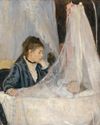
The Dark Origins of Impressionism
How the violence and deprivation of war inspired light-filled masterpieces
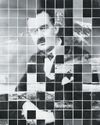
The Magic Mountain Saved My Life
When I was young and adrift, Thomas Manns novel gave me a sense of purpose. Today, its vision is startlingly relevant.
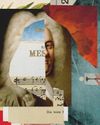
The Weirdest Hit in History
How Handel's Messiah became Western music's first classic
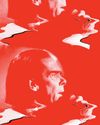
Culture Critics
Nick Cave Wants to Be Good \"I was just a nasty little guy.\"
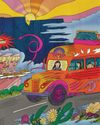
ONE FOR THE ROAD
What I ate growing up with the Grateful Dead

Teaching Lucy
She was a superstar of American education. Then she was blamed for the country's literacy crisis. Can Lucy Calkins reclaim her good name?
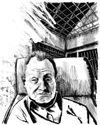
A BOXER ON DEATH ROW
Iwao Hakamada spent an unprecedented five decades awaiting execution. Each day he woke up unsure whether it would be his last.
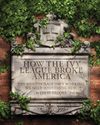
HOW THE IVY LEAGUE BROKE AMERICA
THE MERITOCRACY ISN'T WORKING. WE NEED SOMETHING NEW.
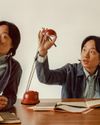
Against Type
How Jimmy O Yang became a main character

DISPATCHES
HOW TO BUILD A PALESTINIAN STATE There's still a way.